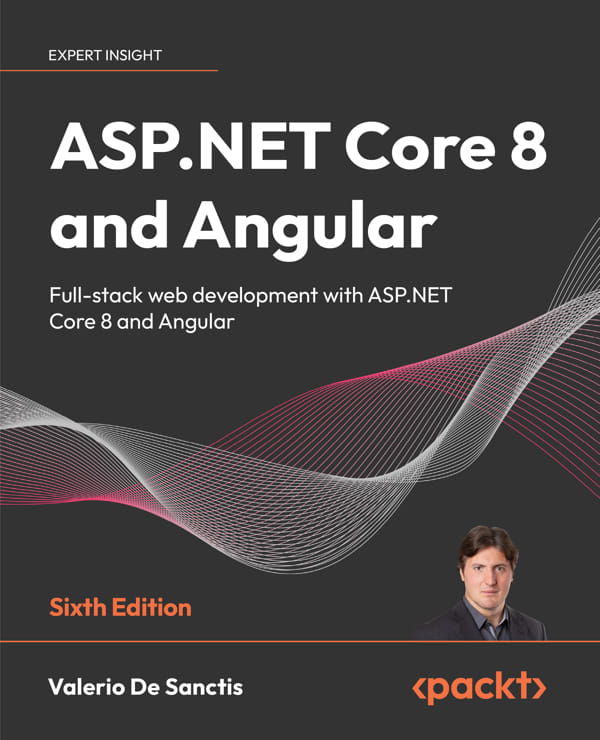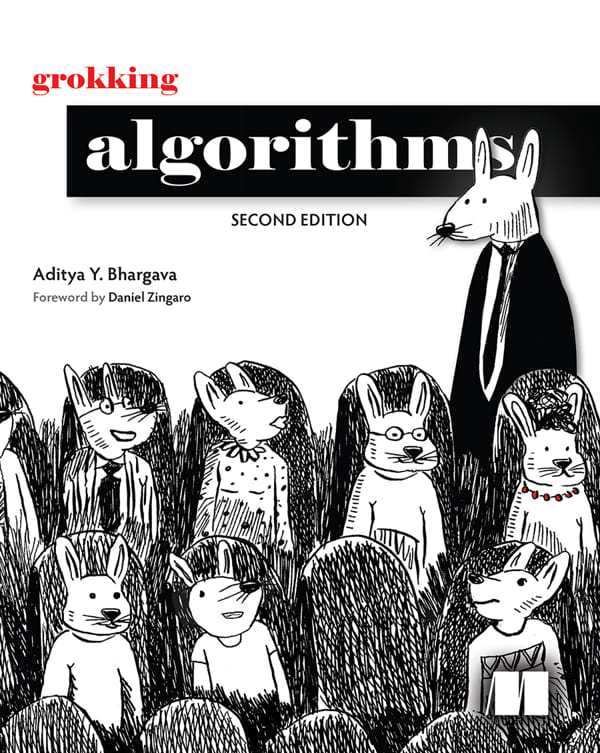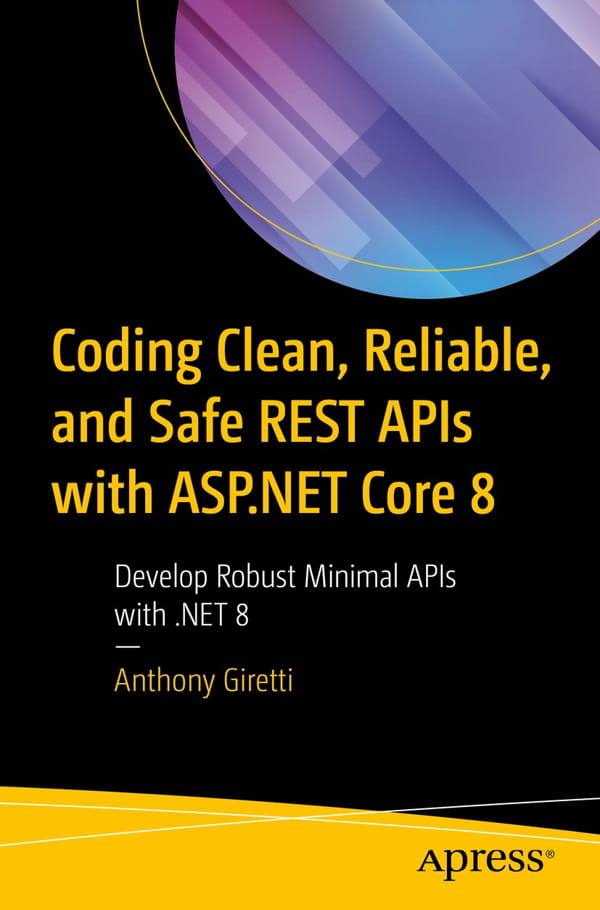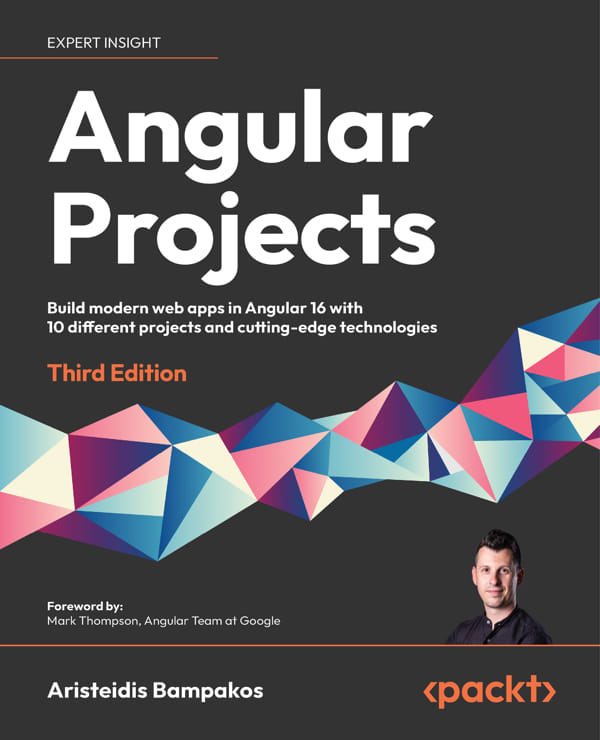Code Complete: A Practical Handbook of Software Construction, Second Edition

همیشه خوندن کدهای نوشته شده توسط دیگران مشکلتر از نوشتن کد از نو است .
و مسئله ای که در کار تیمی بسیار مهم است ، اهمیت دادن به این موضوع است که ساده بودن برنامه خیلی از مواقع بهره بری خیلی بالاتری نسبت به امکانات بیشتر و استفاده بیشتر از یک کتابخانه یک pattern یا یک مدل جدید داره ، بخاطر اینکه ادامهی کار و درک برنامه توسط دیگر اعضای گروه خیلی مهم هست .
امروز قصد دارم کتابی رو بهتون معرفی کنم که راجع بهترین روش و کاملترین روش برای کد زنی مطرح میکنه و نویسندهی این کتاب آقای Steve McConnell مطرح میکنه که :
Software’s Primary Technical Imperative has to be managing complexity
" اولین اولویت الزامی طراحی باید مدیریت پیچیدگی باشد " .
این کتاب مشهور ، سالیان ساله که به خیلی از برنامه نویسان و دولوپرها در زمینهی طراجحی نرم افزار کمک کرده است .
Discover the timeless techniques and strategies that help you:
- Design for minimum complexity and maximum creativity
- Reap the benefits of collaborative development
- Apply defensive programming techniques to reduce and flush out errors
- Exploit opportunities to refactor—or evolve—code, and do it safely
- Use construction practices that are right-weight for your project
- Debug problems quickly and effectively
- Resolve critical construction issues early and correctly
- Build quality into the beginning, middle, and end of your project
Table of Contents
Part I: Laying the Foundation
Chapter 1. Welcome to Software Construction
Chapter 2. Metaphors for a Richer Understanding of Software Development
Chapter 3. Measure Twice, Cut Once: Upstream Prerequisites
Chapter 4. Key Construction Decisions
Part II: Creating High-Quality Code
Chapter 5. Design in Construction
Chapter 6. Working Classes
Chapter 7. High-Quality Routines
Chapter 8. Defensive Programming
Chapter 9. The Pseudocode Programming Process
Part III: Variables
Chapter 10. General Issues in Using Variables
Chapter 11. The Power of Variable Names
Chapter 12. Fundamental Data Types
Chapter 13. Unusual Data Types
Part IV: Statements
Chapter 14. Organizing Straight-Line Code
Chapter 15. Using Conditionals
Chapter 16. Controlling Loops
Chapter 17. Unusual Control Structures
Chapter 18. Table-Driven Methods
Chapter 19. General Control Issues
Part V: Code Improvements
Chapter 20. The Software-Quality Landscape
Chapter 21. Collaborative Construction
Chapter 22. Developer Testing
Chapter 23. Debugging
Chapter 24. Refactoring
Chapter 25. Code-Tuning Strategies
Chapter 26. Code-Tuning Techniques
Part VI: System Considerations
Chapter 27. How Program Size Affects Construction
Chapter 28. Managing Construction
Chapter 29. Integration
Chapter 30. Programming Tools
Part VII: Software Craftsmanship
Chapter 31. Layout and Style
Chapter 32. Self-Documenting Code
Chapter 33. Personal Character
Chapter 34. Themes in Software Craftsmanship
Chapter 35. Where to Find More Information
 می پسندم
می پسندم
 به درد نمی خوره
به درد نمی خوره
















